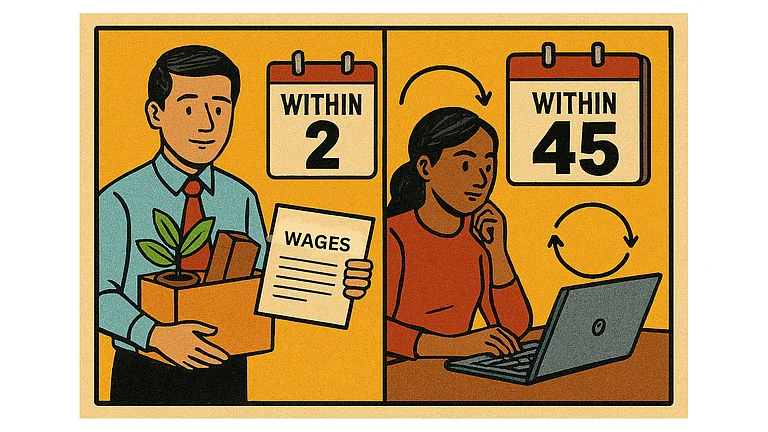In today’s hyper-connected world, staying online has become a routine part of daily life. Using free Wi-Fi to stay online and USB ports to charge devices is a common practice. These conveniences are available in cafes, airports, train stations, hotels and shopping centres. While these conveniences make life easier, they can also expose you to significant cyber security risks. Many people unknowingly expose their devices and private information by using these digital access points.
Free Wi-Fi Isn’t Always Safe
Free public Wi-Fi networks are generally not secure. As public networks are usually not encrypted unlike private networks at home or at work, users may be monitored by scammers. When people use public Wi-Fi networks to connect to the internet, their information (login, emails, even banking details) can be secretly taken by hackers without their knowledge.
In many cases, attackers set up fake Wi-Fi networks with names similar to those of trusted places like cafes or airports. Some unaware users connect to public Wi-Fi networks assuming they are legitimate. Once connected to such a network their online activity can be tracked. Additionally their device can also be infected with harmful software sent via the WiFi network. Notably all of this typically happens without any warning signs on the user’s device.
Charging Your Phone Could Cost Your Data
Public USB charging stations, commonly found in airports and cafes, can also pose serious cyber threats. This method is referred to as juice jacking, and it can either install malware on your device or extract your data without your knowledge. Since USB cables transfer power and data, a compromised USB port is an entry point for accessing your device.
Once a device is plugged into a public USB charging port, malicious code can be automatically transferred without the user’s knowledge. This enables a hacker to control the device, track activity, or even steal passwords. Generally the device does not even warn the user when such things are happening. Smartphones and laptops alike do not show any indication of compromise such as a download prompt or a pop-up warning.
Risks of Fake QR Codes
QR codes are now a common way to access services, make payments, or view information in public places. However, cybercriminals have found ways to exploit this trend by replacing legitimate QR codes with fake ones on parking meters, public bulletin boards, or even on restaurant tables.
These fake codes may direct users to phishing websites that appear authentic but are actually meant to steal personal information, such as login passwords or bank account information. Also, scanning the code can trigger background actions that silently download harmful software onto the user’s phone. Since QR codes don’t display a visible link, people are more likely to scan them without thinking.
How to Protect Yourself From Scams in Public Places
1. Avoid connecting to unsecured public Wi-Fi networks.
2. Do not use public computers for banking or sensitive activities.
3. Be cautious of fake QR codes before scanning.
4. Keep personal information private and do not share it where others can hear.
5. Beware of suspicious people or offers that seem too good to be true.
6. To avoid data theft, use your own charger or power bank instead of public USB charging stations.















